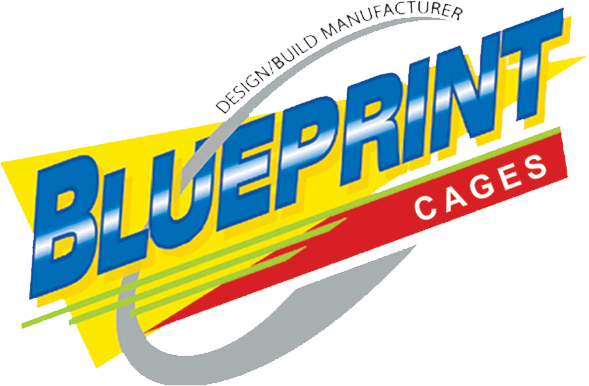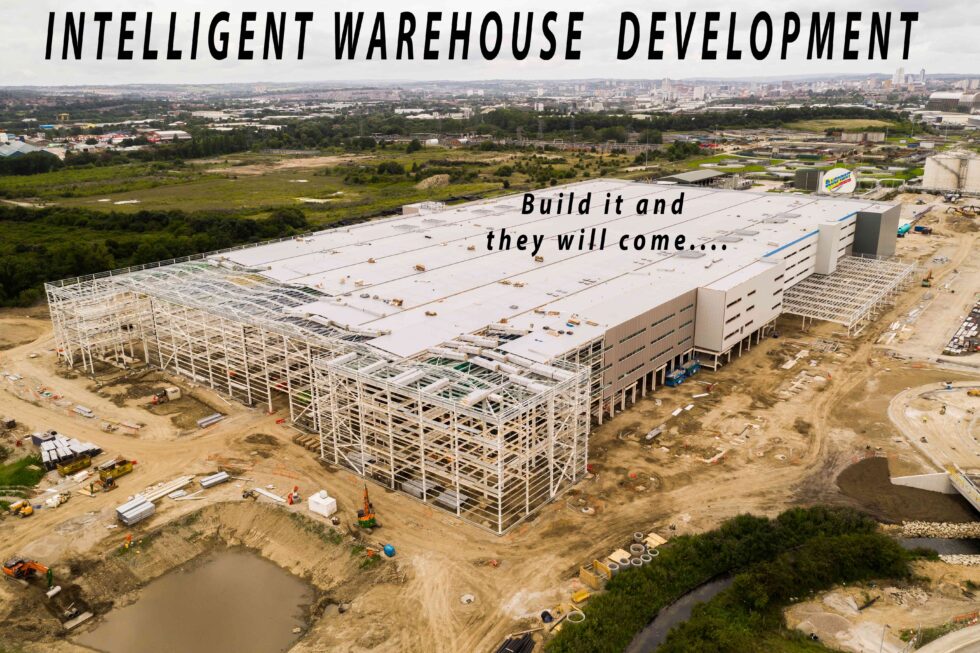Energy costs are exorbitant today. Heating and cooling large spaces affordably can predictably be challenging. A tenuous demand for fossil fuel reduction while enhancing health and comfort for human occupancy is driving new mechanics as tangible solutions.
Reducing energy expenditures and unnecessary pollution can and is achieved everyday with time proven fluid dynamics. Highly desired, low temperature heating applications where the mass of a structure is used as the heat transfer medium rather than air is the perfect venue for achieving energy reduction costs today.
Lets visualize incoming street water temperature at lets say 50 degrees F. then try to imagine how can we get an additional 30 + degrees F. with alternative energy we can then enter the realm of low temp heating which starts around 85 degrees F.
It truly is glorious as the structure with continuous circulation (2 to 3 feet per second) converts the floors, walls or ceilings into horizontal radiators.
Getting that additional 30+ degree bump in temperature can be achieved with alternative energies such as solar, geothermal and other clever forms of heat transfer. Then, and this is the key point, fossil fuel acts as a secondary back up source of energy, logically making up any drop in set point demand. Electricity is fine, but normally very expensive and in some cases not always available. Having both source of energy available is too logical.
Getting that additional 30+ degree bump in temperature can be achieved with alternative energies such as solar, geothermal and other clever forms of heat transfer.
A logical and sustainable system is one that utilizes all forms of energy and prioritizes in pragmatic fashion. A Blueprint design strategy is to use every source of energy as possible/available to create a simple and dependable design for many decades to come.
When designing for zero fossil fuel burning systems one should consider air to water heat pumps as a starting point. They have become a very popular source of heat generation, as well as geothermal and solar piping arrangements. These are excellent venues where alternative energy can realistically lead a facility to operating at near zero fossil fuel emission. Using electricity before gas or oil as secondary back up can create the perfect marriage until there is no electricity available. Being prepared for alternate uses in order to maintain security in health and comfort is the primary focus of any good design. An important design factor is the capacity for thermal storage when it comes to zero emission potentials.
When designing for zero fossil fuel burning systems one should consider air to water heat pumps as a starting point.
The real excitement is what we can do with fluid transfer systems as our solution’s for reducing and even eliminating fossil fuel pollution. While fluid transfer systems have been in operation since before the roman empire some exciting new technologies are now upon us. Such as gel type fluid that is engineered with ferrous particulates to transfer energy using less water and less thermal storage. Phase change batteries, air to water heat pumps and ground source technology is our near future.
Phase change batteries, air to water heat pumps and ground source technology is our near future.
Implementation of the fluid dynamic sciences will reduce fossil fuel emissions by 30 to 50% on retrofit projects. In new construction we can achieve much higher and even to zero fossil fuel pollution. The key is thermal storage and phase change batteries appears to be a revolutionary and tangible solution to solving the practical thermal storage solution.
Blueprint equipment is a design build solution for Intelligent warehouse development. Once system is installed monitoring is capable by any property management firm, owner or end-user. Blueprint offers these monitoring and management services when asked upon.
If you are curious and want to explore more ways to improve your energy efficiency outlook send your queries to viccipe@gmail.com.


